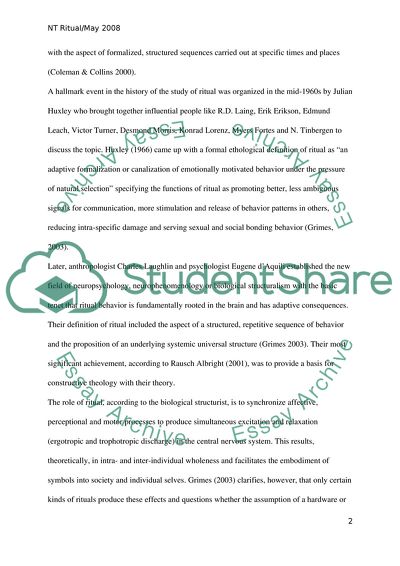Cite this document
(Rituals as a Part of Everyday Human Action Essay, n.d.)
Rituals as a Part of Everyday Human Action Essay. https://studentshare.org/psychology/1713821-nt-in-review-ritual-and-ritual-activities
Rituals as a Part of Everyday Human Action Essay. https://studentshare.org/psychology/1713821-nt-in-review-ritual-and-ritual-activities
(Rituals As a Part of Everyday Human Action Essay)
Rituals As a Part of Everyday Human Action Essay. https://studentshare.org/psychology/1713821-nt-in-review-ritual-and-ritual-activities.
Rituals As a Part of Everyday Human Action Essay. https://studentshare.org/psychology/1713821-nt-in-review-ritual-and-ritual-activities.
“Rituals As a Part of Everyday Human Action Essay”. https://studentshare.org/psychology/1713821-nt-in-review-ritual-and-ritual-activities.


